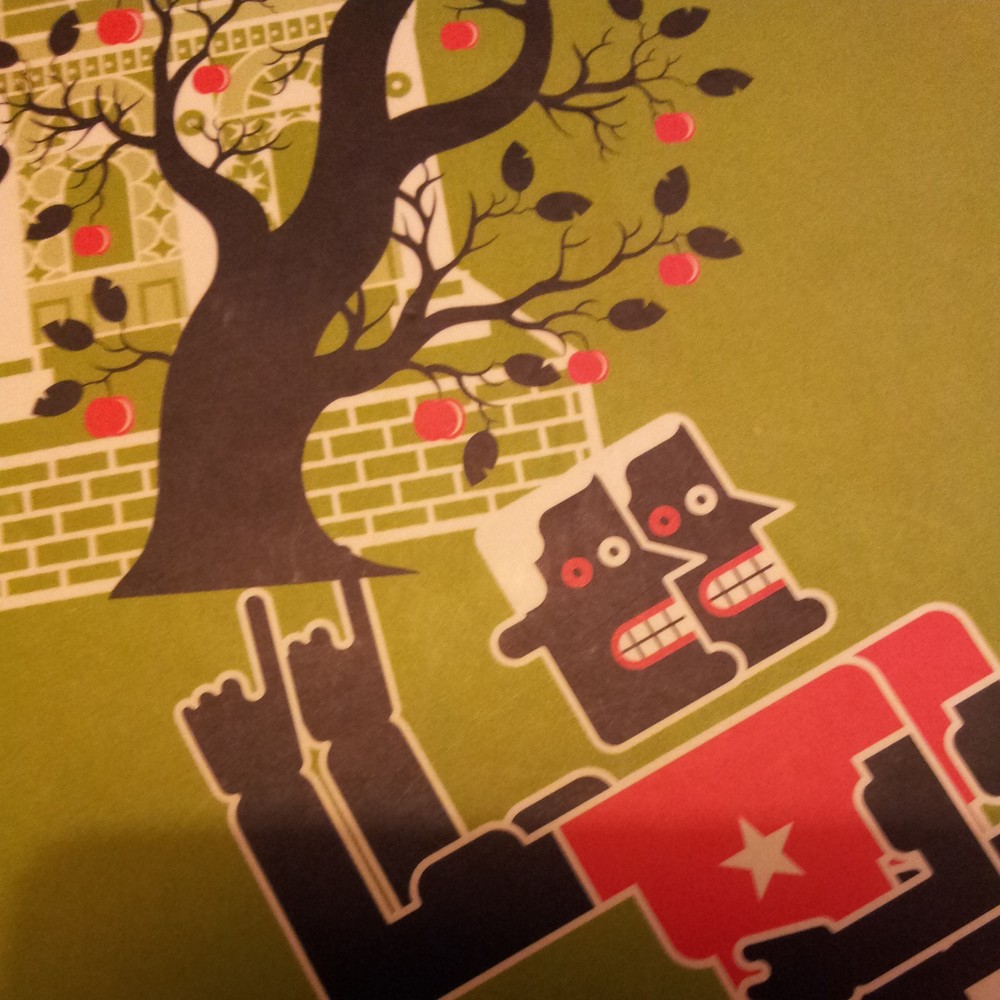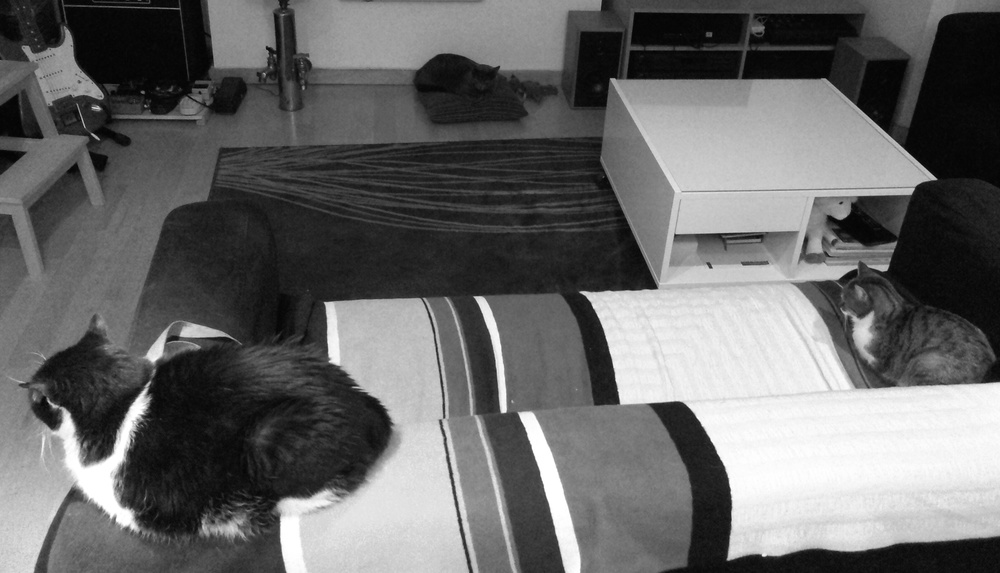
A friend of mine recommended this book. Actually, he kept recommending it, every time we met and started talking about books – “Reign of Phil” would crop up and the improbable setting of the story would be described again. So when I finally got round to reading it, encouraged by “Gappers of Fripp” which I enjoyed immensely, I thought that I’ve got this story pretty much covered and that there will be no surprises in this book. Wrong.
“The Brief and Frightening Reign of Phil” does two brilliant things with its title: it discloses a major part of its plot, and it delivers a promise of some final resolution. So that’s another quasi-spoiler for me – not only did I know the geopolitical peculiarities of Inner and Outer Horner beforehand, I also knew that Phil’s reign would be brief and frightening. But I still managed to enjoy the story, and found it just frightening and heartwarming enough.
This is what would happen if political satire met Stanisław Lem on neutral grounds of children’s lit. “TBAFROP” is set in countries unlike any other, and populated by creatures whose anatomy suggests intense cybernetic experiments gone wrong, but it manages to feel close to home and very, very relatable. I loved the ease with which I could come to terms with how the places and their inhabitants were described: the fact that their passions, vices, drives and histories are universal made the process actually very palatable.
This is a short book about ambition, weaknesses and power. It’s funny at times, serious and frightening as well. There’s a bit of grotesque, a lot of satire – and some good-humoured preaching in it too. Saunders managed to distill all these sentiments, flavours and actions into a book that doesn’t feel big at all, and yet leaves a big impact.
Not all works well as the story progresses. Curious readers can still access the website for the book and compare the out-takes with the finished product – a testimony to the difficulties that arise when a small story like “TBAFROP” tries to tackle such complex issues. The whole idea seems sketchy from the start, and glossing over several of its aspects may be a flaw that not many readers are willing to forgive. And as for the way it ends – to borrow Heaney’s phrase, “since the whole thing’s imagined anyhow,” the ending will appear rushed to some and well in place to others. Personally, I found it fits quite well.
But in the end, it’s a marvellously complex piece of writing. Like one of its protagonists, it refuses to fit within the borders of one genre or mood: parts of it are firmly in satire-land, whilst other parts invade the realms of fantasy, comedy and morality tale. It’s brief and frightening, but it manages to find a voice that most readers will be willing to listen to – and tell a story that can be re-told again and again, until another person picks the book up to learn something about themselves, their fears and ambitions.
Which, I guess, is what good literature can also be about.
Wiktor (Vic) Kostrzewski (MA, DELTA) is an author, translator, editor and project manage based in London. When he works, he thinks about languages, education, books, EdTech and teachers. When he doesn’t work, he probably trains for his next triathlon or drinks his next coffee.
BRAVE Learning (formerly known as 16 Kinds) is a lifelong learning and productivity blog. If you enjoy these posts, please check out one of my books and courses.
My recent publications, and my archive, is now all available on my new project: PUNK LEARNING. Hope to see you there!





